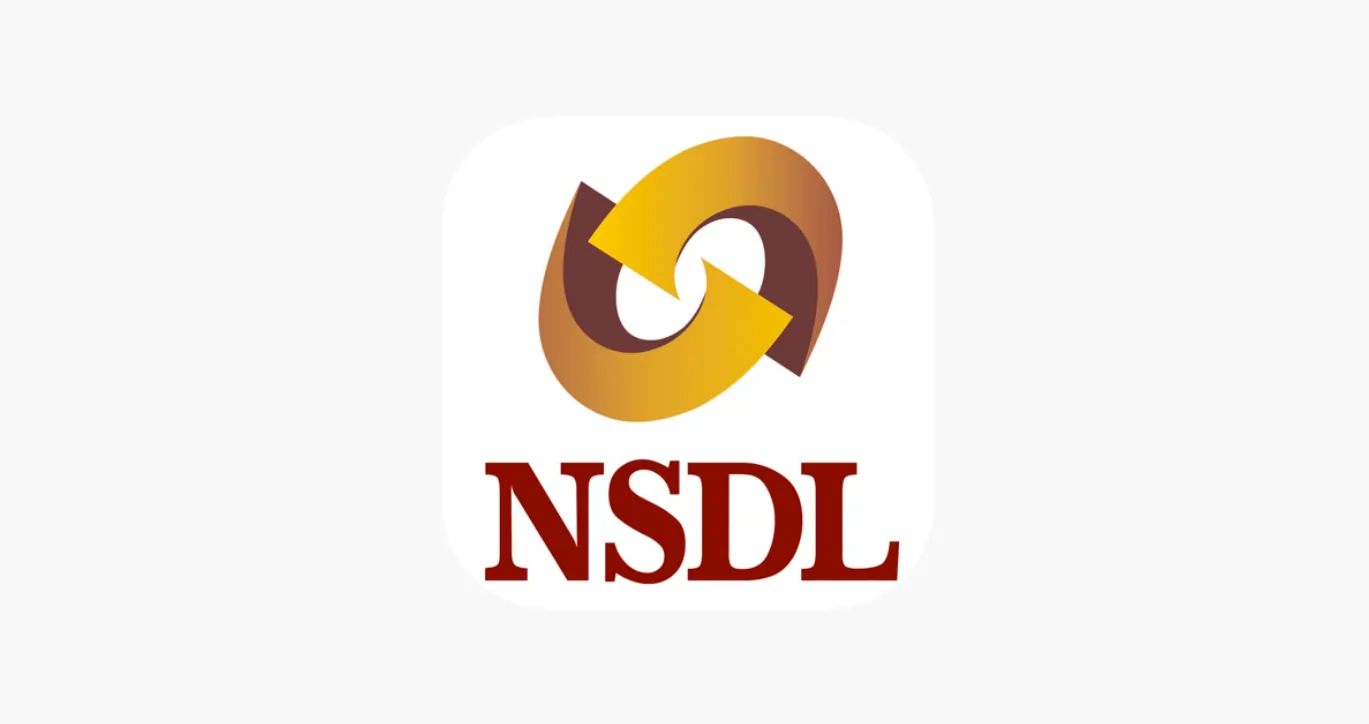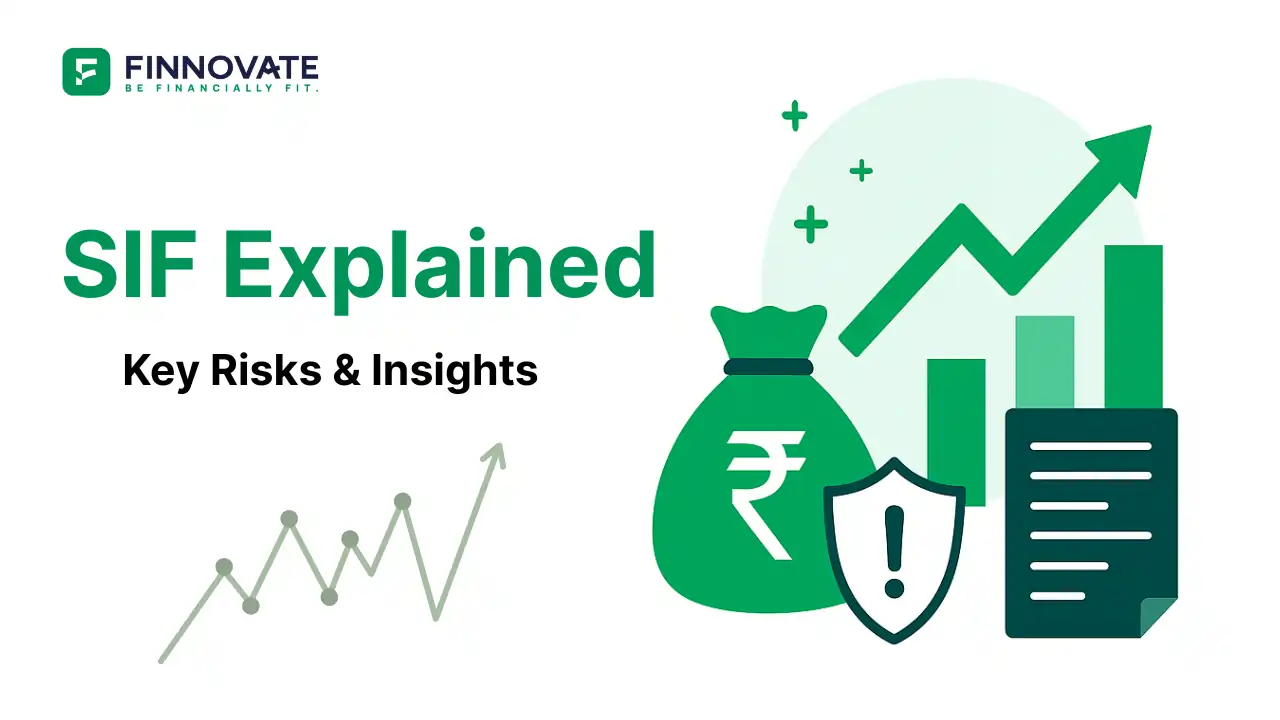
Why the FMCG Index in India Is Struggling Now
The FMCG index in India has slipped from its 2024 peak. See what changed in volumes, prici...
The SEBI chief had recently commented on plans to shift to ASBA in secondary markets by the first half of 2024. Will it be a really useful proposition and would it really add value to the end investor?
ASBA in Primary Markets
For starters, ASBA in primary markets is already in existence for nearly a decade and it has been working perfectly. What happens in ASBA is the IPO amount is only blocked in the bank but it is not debited. The amount is debited only on the allotment of shares and the lien is removed on the balance shares. This saves the entire rigmarole of refunds and delays in refunds and investors will continue to earn interest on their funds till the actual allotment of shares.
How has ASBA helped?
In a way, ASBA (applications supported by blocked
amounts) has come as a big blessing for the retail investors. Firstly, the
investors don not have to worry about the loss of interest on the IPO monies.
Secondly, there is no wait for refunds as the amounts are only blocked and on
allotment it is either debited or the amount is unblocked based on the actual
allotment ratio. The ASBA facility has enabled the IPO markets to move to T+6
listing and then to T+3 listing of the IPOs, effective December 2023. It would
not have been possible in the absence of the ASBA facility. It is this seamless
ASBA that is the key to T+3.
ASBA in secondary markets
Why is SEBI so keen to introduce ASBA in the secondary markets. SEBI chair has been quite committed to ASBA in the secondary markets too. Firstly, it does away with moving funds from the client bank account to the broker pool account. All transactions are directly in between the client and the exchange. It reduces the chances of frauds and the misuse of funds. Secondly, ASBA in the secondary markets will be essential to move to T+0 settlement and eventually to instant settlement. Thirdly, ASBA will ensure much quicker churn of funds, improving the liquidity in the market. It also reduces the risk for the investor. Lastly, ASBA will sharply reduce the latent costs of broking transactions.
Are there grey areas ahead?
While ASBA in IPO markets is relatively simple, it is not too clear if ASBA in the secondary markets would be feasible. This is more so, in the case of intraday trades and F&O trades, where the debits or credits would be based on elaborate calculations. Even margining can be a bit of a challenge in the ASBA system. However, SEBI is quite confident and it believes that the system in India can easily handle the stress caused. Brokers lose access to the float and that would spike the costs of transacting in market but we have to see how that evolves. For now, it looks like a good move, but practical constraints are a grey area!
Popular now

Learn how to easily download your NSDL CAS Statement in PDF format with our step-by-step g...

Explore what Specialised Investment Funds (SIFs) are, their benefits, taxation, minimum in...

Learn How to Download Your CDSL CAS Statement with our step-by-step guide. Easy instructio...

Looking for the best financial freedom books? Here’s a handpicked 2025 reading list with...